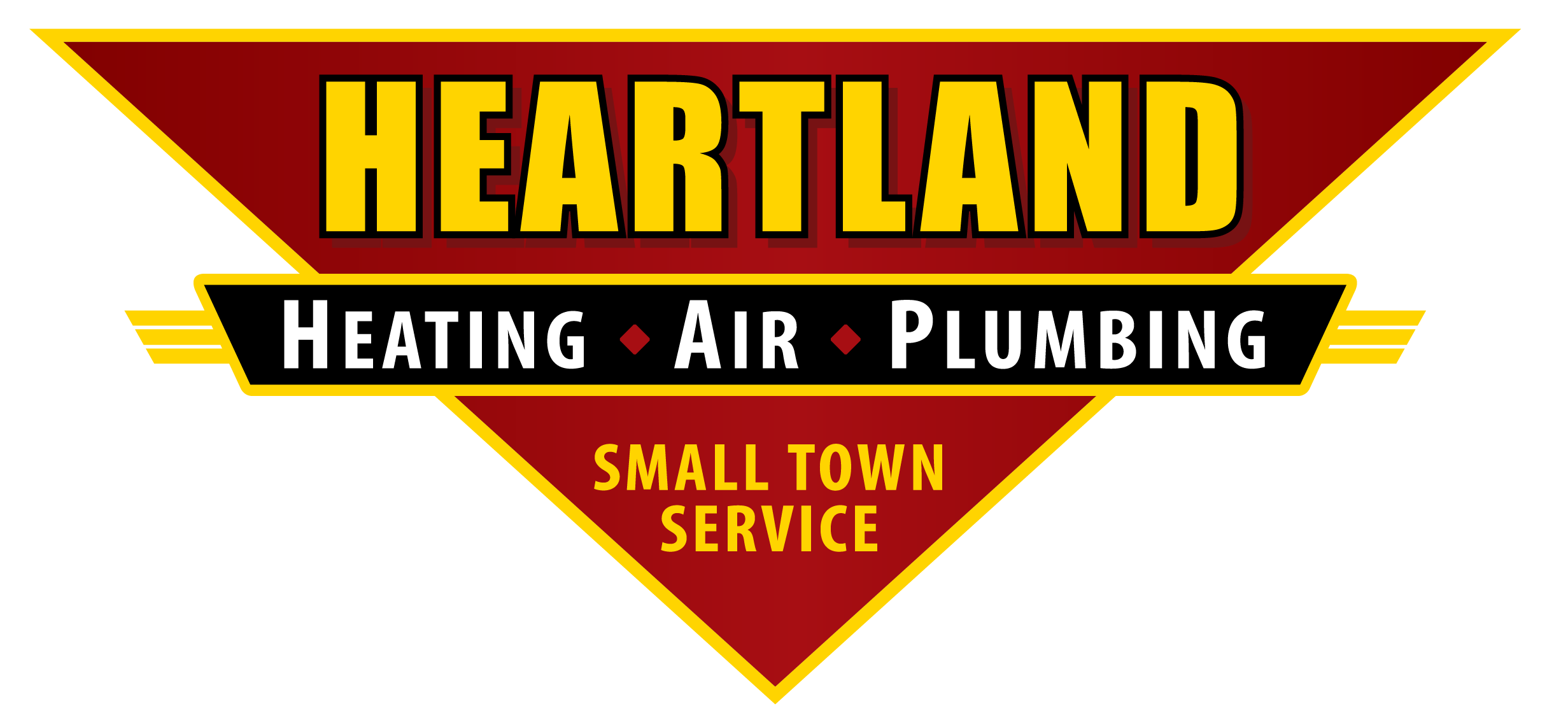Americans spend about 90% of their time indoors. Unfortunately, indoor air is two to five times or more polluted than the air outside. Good ventilation is often the key to improving indoor air quality. If you don’t have fresh air coming in, it can make your home feel really stuffy. This is common in modern homes as they are sealed very tightly. While this helps keep the heat in your house, it makes it hard for toxins to get out.
Ventilators regulate the amount of outdoor air that comes into your home to improve air quality. A ventilator controls the amount of air coming into your home using a motorized “door” that only opens when your systems need it. This improves the quality of air in your home by carrying indoor air pollutants out and cycling fresh air in. Improvements in indoor air quality are noticeable and can help relieve allergy symptoms and help you breathe easier in your home. Heartland Mechanical can help assess your home’s indoor air quality and provide you with the solutions to make the air cleaner in your home.
Why Poor Ventilation Is a Problem
The best way to improve your home’s indoor air quality would be to have all of your windows opened so fresh air could cycle in and push toxins in the air out. However, this is not sustainable in cold climates or during the winter months.
Poor ventilation can lead to a build up of dust, allergens, and mold and mildew growth. Will all of these toxins floating around your home, you might notice that it seems like someone in your family is sick all the time. With better air quality, these toxins are removed and lower the chances of airborne illnesses circulating in your home.
Frequent illnesses, as well as mold and mildew growth, are signs that your home is experiencing poor ventilation. Gasses in your home like radon, VOCs, and carbon monoxide need to escape your home to prevent extreme illnesses from effecting you and your family members. Improvements in ventilation will also help remove that “stuffy” feeling from your home. If it seems like the air in certain rooms of your home is stale or smells funny, a whole house ventilator can help.

How Does a Ventilation System Work?
There are four different types of ventilation systems, and they work differently to cycle the indoor air in your home.
-
Exhaust ventilation systems work by depressurizing your home to exhaust air, while make-up air passes through the home through intentional vents. This system, however, does not prevent toxins or moisture from entering the home.
-
Supply ventilation systems use a fan to pressurize your home which forces outside air inside through vents and holes in your home’s shell. This system does a better job at filtering out outdoor air pollutants from entering your home and can prevent backdrafting from fireplaces and appliances.
-
Balanced ventilation systems work by introducing and exhausting air from inside your home in equal quantities without pressurizing or depressurizing. This system uses two fans to exhaust and draw air.
-
Energy recovery ventilation systems work like a balanced ventilation system does, except it works to minimize energy loss. With all of these other systems, you run a risk of your energy bills rising because the warm or cool air generated by your heating and air conditioning system exhausts with the polluted air. Energy recovery ventilation systems transfer a certain amount of heat and water vapor into the home to control the temperature and humidity.
Benefits of a Home Ventilation System
When the air inside your home is better, you’ll notice. These are some of the benefits of better home ventilation that you’ll notice right away:
Allergy Symptoms Minimized
With fewer allergens floating around in the air like dust, pet dander, and spores, you’ll notice that you feel less stuffed up and that its easier to breathe in your home. You might also sleep better because allergens are not getting into your airways while you sleep.
Moisture Issues Kept Under Control
If you’ve noticed mold growth or moisture around your home, a home ventilation system can help mold and mildew from growing and spreading. Mold often grows in dark places where we can’t see it like inside walls and in air ducts. It’s only when we see it growing on walls that we realize its there, but there is often more hidden that we don’t see. A ventilator will help stop the development of mold and mildew without tearing up your walls.
Reduced Dangerous Contaminants in the Air
Your furnace burns gas to create heat in your home. Biproducts from this combustion need to be exhausted from your home or else they could build up. This buildup can cause carbon monoxide poisoning. And it’s not just carbon monoxide; volatile organic compounds, or VOCs, that are from construction materials, household cleaners, and paints can also be toxic. Good ventilation can ensure that these chemicals won’t cause a buildup of toxins in your home.
Removes Odors
When you notice a bad smell in your home, the best thing to do is to open a window to cycle the smelly air out of your home. The same principle applies with ventilation systems. When the air circulates, so do odors. Every room in your home will be fresh, and lingering odors won’t stick around for long.

Choose Heartland Mechanical for Your Home’s Ventilation Needs
For more information about whole house ventilation systems and how they can make your Southern Illinois home a more comfortable place, talk to the experienced heating, air conditioning and indoor air quality technicians at Heartland Mechanical. Our years of combined experience make us the best choice for indoor air quality and HVAC improvements and repairs. Call us today for a free estimate and to see how we can help with your home’s ventilation needs.
